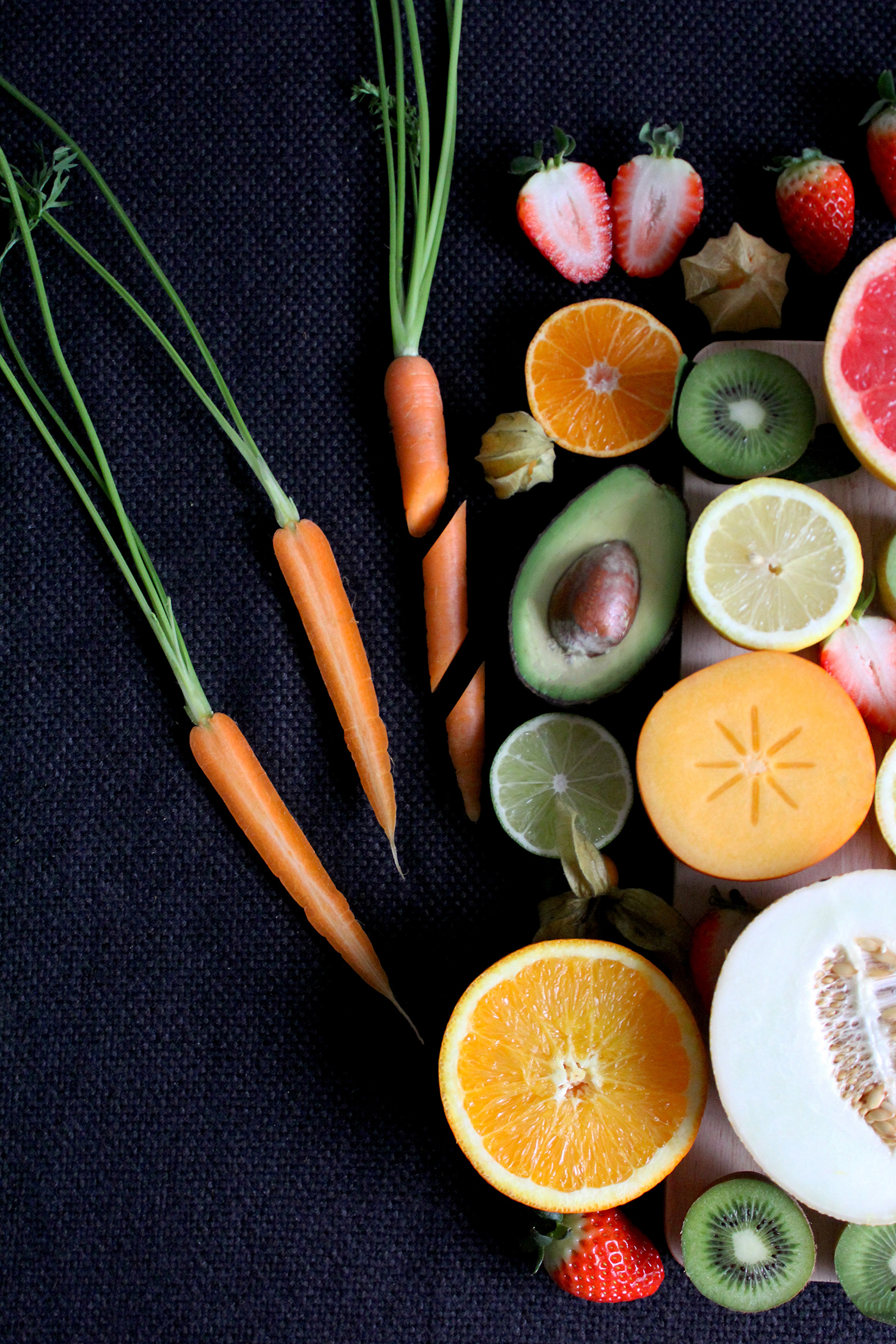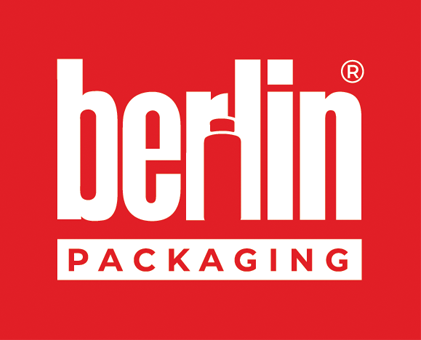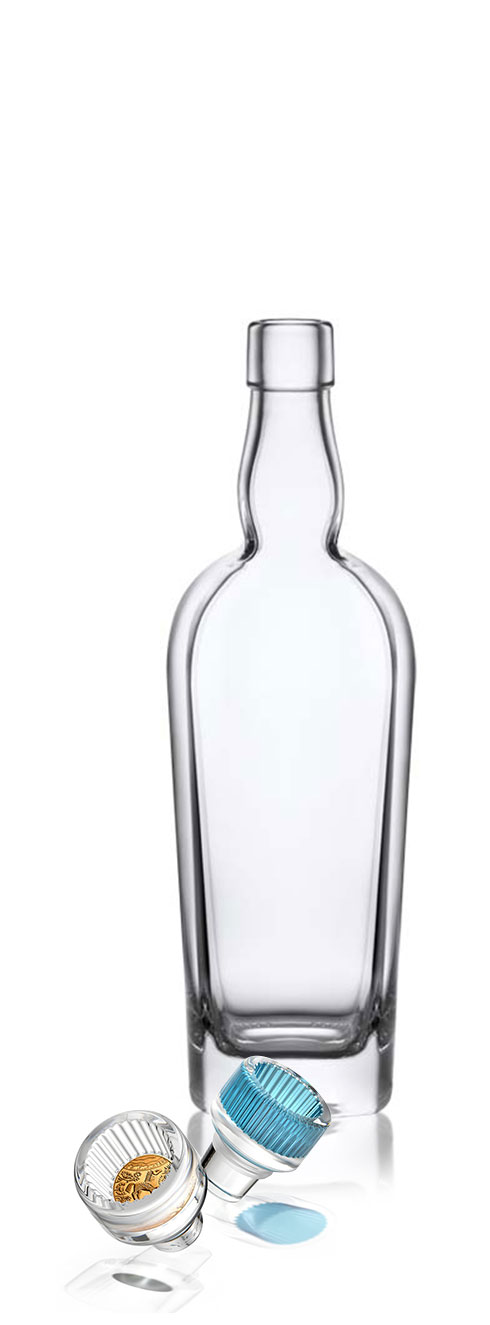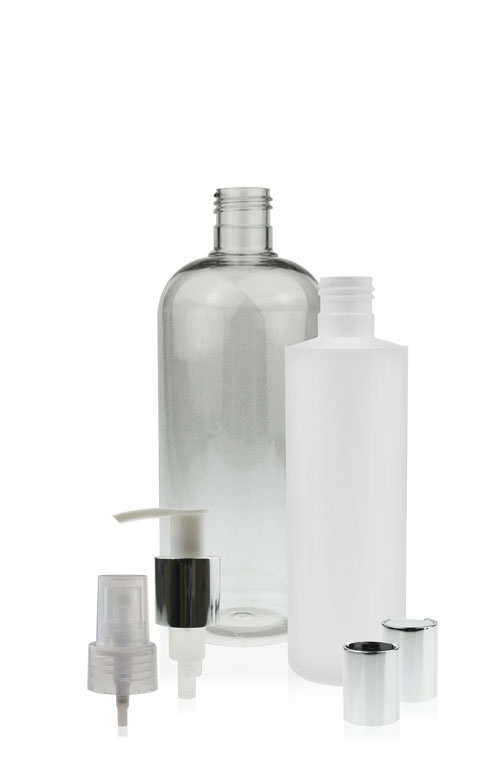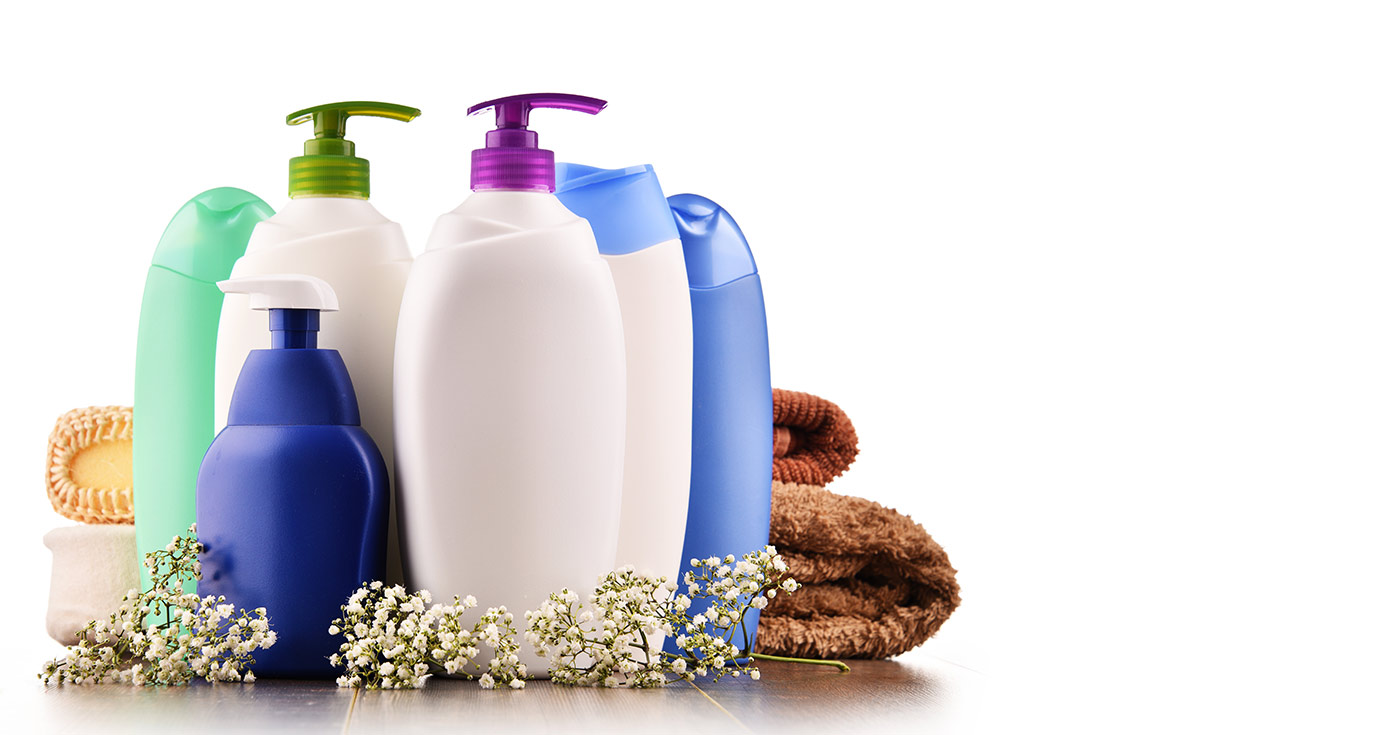Packaging Education, Plastic Packaging
Fact or Fiction? The Plastic Packaging Journey
When it comes to plastic packaging, there appear to be many myths or misleading information about the plastic packaging journey. Interpretation of information is key, especially, as elements of the packaging industry become amplified with the wide range of media available. With this in mind, we have put together a selection of fact and fiction examples.
Fiction:
The plastic industry is responsible for polluting the oceans.
Fact:
Introducing a stronger infrastructure and better levels of education will help with human behaviour and error.
Plastic ocean pollution comes from:
- Individual’s or groups of people throwing away trash into the sea
- Landfill sites
- The council taking too long to empty overflowing bins
- The fishing industry do not disposing of nets and waste properly
- Putting the wrong waste down toilets. Toilet paper only please!

Fiction:
Biodegradable and biobased plastic is really the same thing.
Fact:
Bioplastics are plastic materials produced from renewable biomass sources, such as vegetable fats and oils, corn starch, straw, woodchips, sawdust, recycled food waste, etc. Bioplastic can be made from agricultural by-products and also from used plastic bottles and other containers using microorganisms.
Biodegradable plastics are plastics that can be decomposed by the action of living organisms, usually microbes, into the water, carbon dioxide, and biomass. Biodegradable plastics are commonly produced with renewable raw materials, micro-organisms, petrochemicals, or combinations of all three.
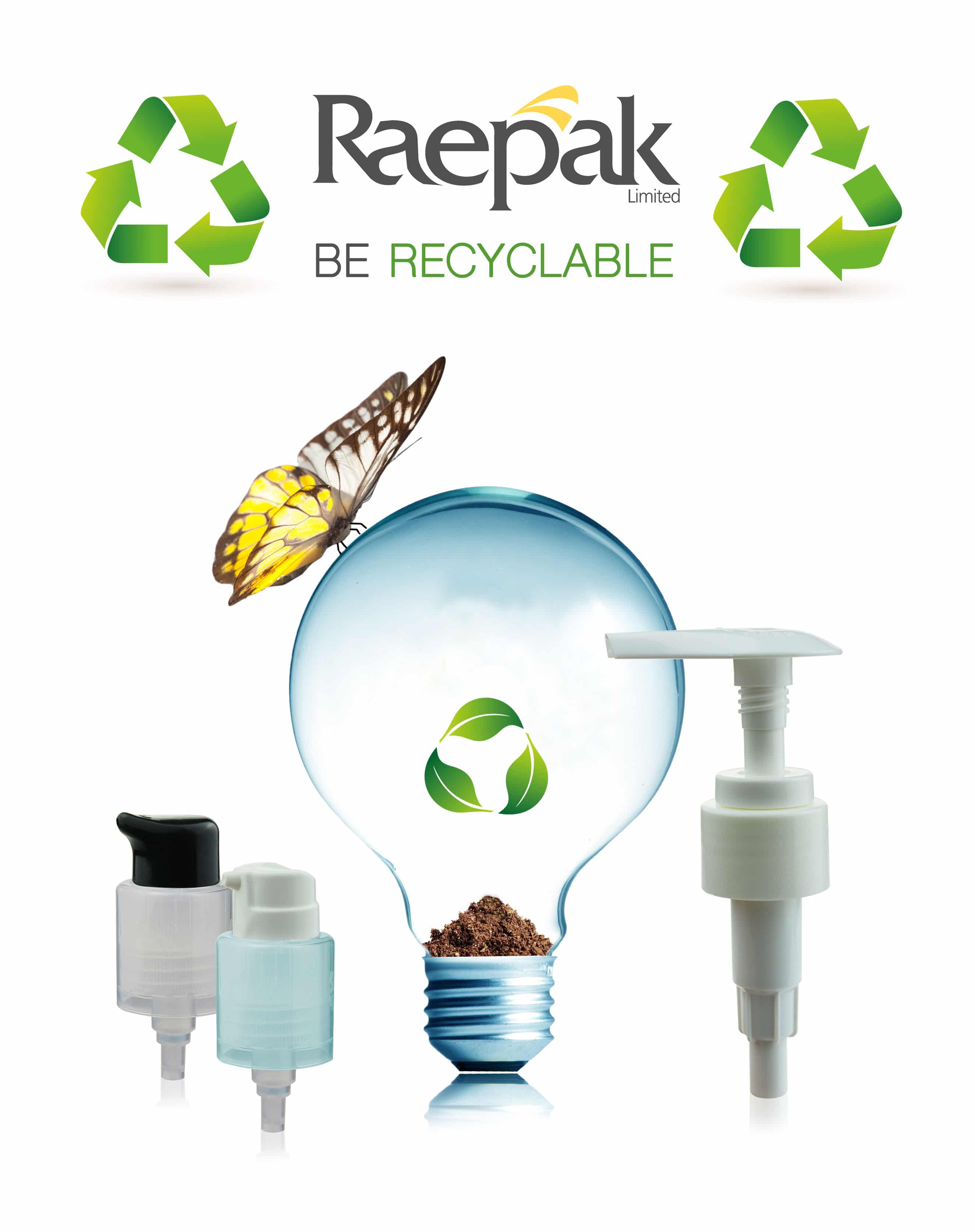
Fiction:
Plastic packaging is made from crude oil which has a great impact on the environment.
Fact:
4-6% of crude oil consumption is used to produce plastic packaging.
Oil distributed over the economy
- 4-6% Plastic
- 45% Transport
- 42% Electricity & Heating
- 7-9% other.

Fiction:
Plastic devastation comes from domestic waste.
Fact:
Household waste only accounts for 8.3% of all waste generated. Only 12% of that 8.3% waste is plastic.
Commercial and Domestic Waste Generation
- 34.7% Construction
- 28.2% Residual Waste
- 28.2% Mining
- 8.3% Household Waste.
Domestic Waste From The 8.3% Plastic Waste
- 25% kitchen waste
- 12% plastic
- 18% paper
- 45% Residual Waste.

Fiction
The plastic industry doesn’t care about reducing plastics to help the environment.
Fact
Plastic manufactures have saved over 6.1 billion tons of plastic per annum. This is derived from plastic material optimization, weight reduction and product size reduction. This is still being worked on for future improvements.
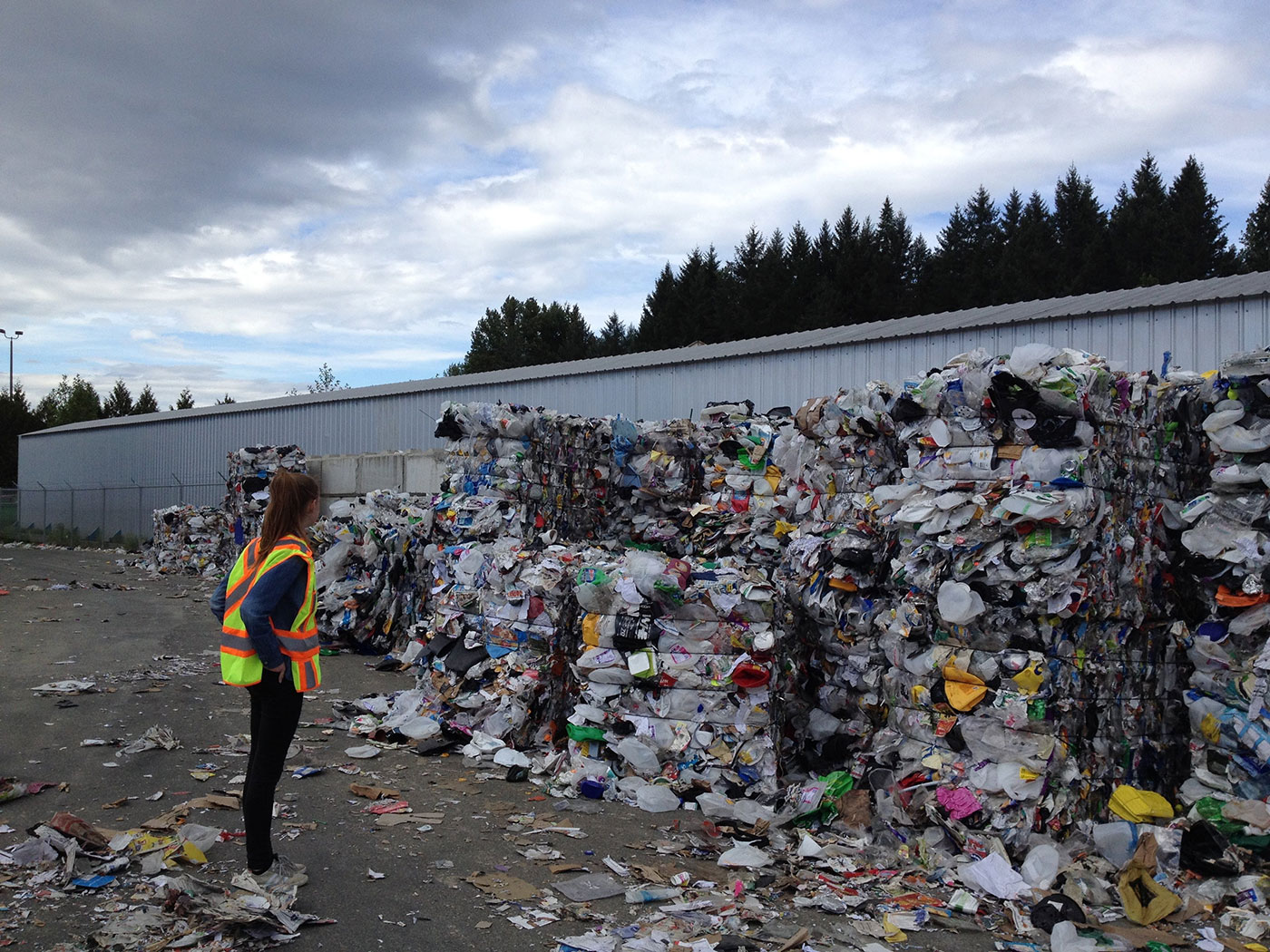
Fiction
Why don’t we just stop plastic packaging altogether?
Fact
Many foods are stored in a protective plastic packaging environment. This has a positive effect with reducing food waste on a huge scale, which helps feed the economy and benefits in the overal reduction of our carbon footprint. Packaging fruit and vegetables in a protective atmosphere can extend the shelf life between 10-16 days.
